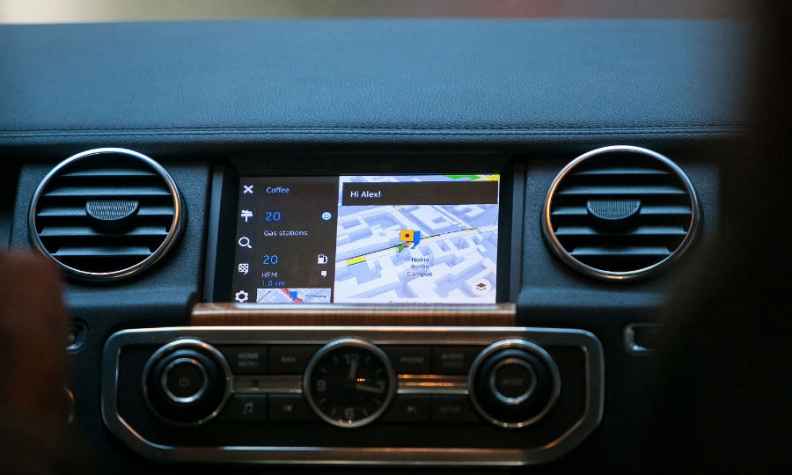FRANKFURT (Bloomberg) -- BMW, Audi and Daimler plan to invite other investors to join the mapping consortium they have forged to compete with Google, people familiar with the matter said.

New partners are unlikely to be added until after the 2.8 billion-euro ($3.1 billion) purchase from Nokia closes in the first quarter of 2016, said the people, who asked not to be identified because the talks are private.
Preliminary talks have been held with peers including General Motors, which signaled willingness to consider joining, one of the people said.
More stakeholders in maps unit HERE means more vehicles eventually feeding data on road conditions and accidents into the platform. Additional partners would also increase the complexity of what is already an unprecedented joint acquisition by the German companies.
“Once cars start to generate data and deliver data to a pool, it’s better to have a bigger pool,” said Frank Biller, an analyst at LBBW. “I see more opportunity than risk in this example. The bigger risk in my opinion would be if they had competed to buy HERE.”
Spokesmen from Audi, Daimler and BMW said they are concentrating on finalizing the joint acquisition and haven’t made decisions beyond that point. A spokesman for GM’s European unit Opel declined to comment.
The carmakers will influence the direction HERE takes via the services they require and will pay the same fees as other customers, said Nikolai Glies, a BMW spokesman. “HERE will remain an independent business with a separate CEO,” Glies said. “There will be a clear separation of customer and business-owner roles.”
Mapping’s Switzerland
HERE will continue to serve customers outside the consortium, including other automakers, SAP, Amazon, Microsoft and individual consumers, Sean Fernback, the unit’s president, said in a video posted on its website. The company wants to be the “Switzerland of mapping,” Fernback said, referring to the country’s neutrality.
Carmakers have a mixed record on cooperation intended to save money through economies of scale. While Daimler, Renault and Nissan Motor have one of the best-performing alliances in the industry and BMW and Daimler luxury unit Mercedes-Benz work together on some components, other efforts have been troubled.
Audi parent Volkswagen Group and Suzuki Motor are in arbitration to untangle mutual shareholdings from a failed partnership intended to share technology and emerging-market sales. Detroit-based GM sold a 7 percent stake in PSA/Peugeot-Citroen in late 2013, less than two years after buying it, when savings from joint work failed to meet expectations, though the companies still cooperate on some logistics, parts purchasing and technology platforms.
Largest providers
HERE and TomTom are the two largest providers of digital maps for carmakers. Competitors in the fragmented Asian market, in which China restricts foreign mapping activities, include AutoNavi and NavInfo in that country; Citus, Hyundai MnSoft and SK Planet in South Korea; and Toyota Mapmaster and Zenrin in Japan.
In 2014, nearly 17 million vehicles were produced with navigation systems already installed, a number that may rise to more than 25 million by 2021, according to IHS Automotive.
HERE’s revenue from automotive-map licensing will probably amount to more than 600 million euros this year, compared with about 64 million euros at TomTom, according to IHS. But TomTom gained some ground recently with two major orders from Volkswagen and PSA.
HERE’s carmaking-consortium owners aren’t ruling out any competitor from being part of the group, according to the people familiar with their plans.
It’s “important to ensure free availability of the data,” Audi research and development chief Ulrich Hackenberg said in May, adding that the Volkswagen unit is open to other carmakers joining.
